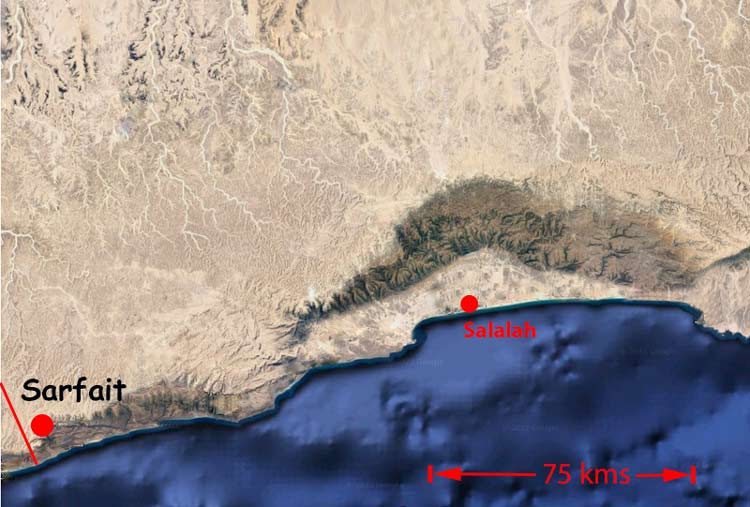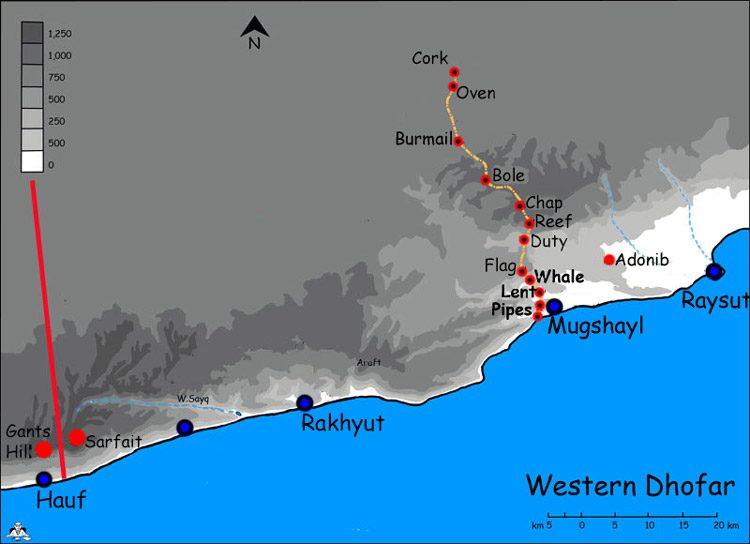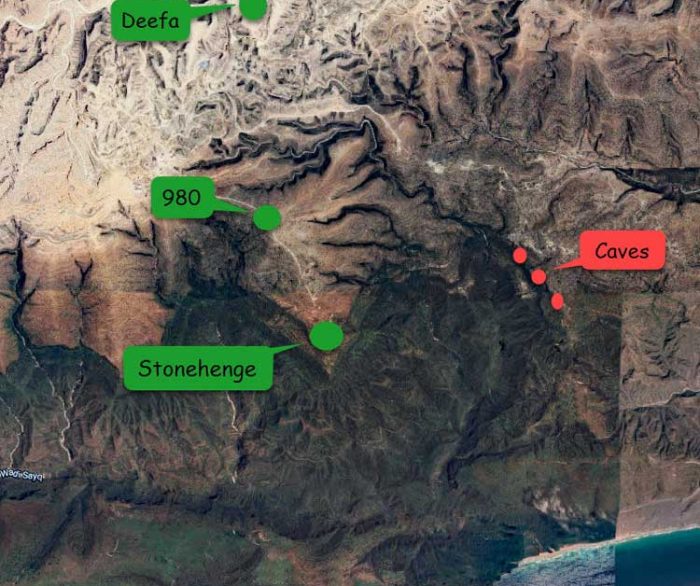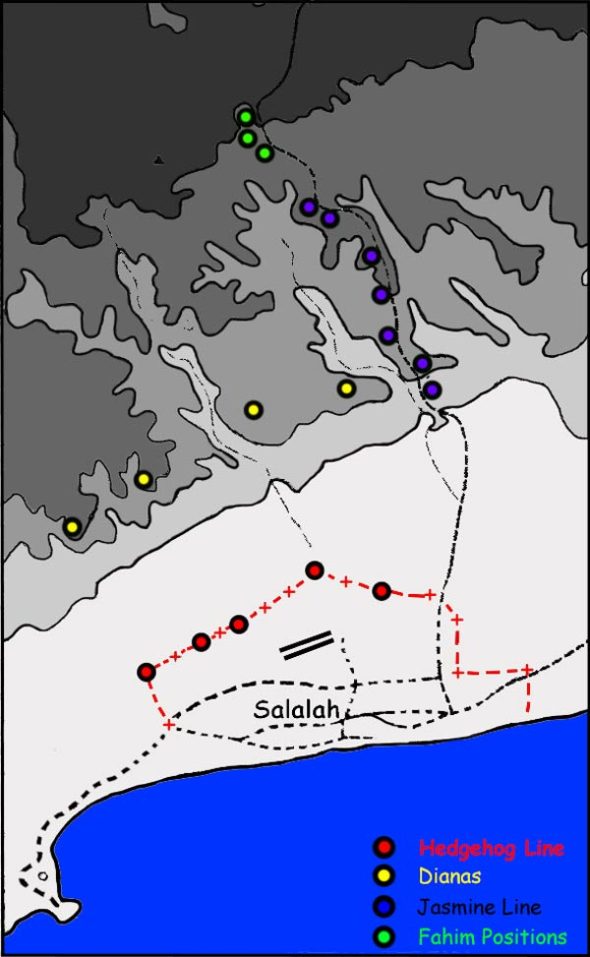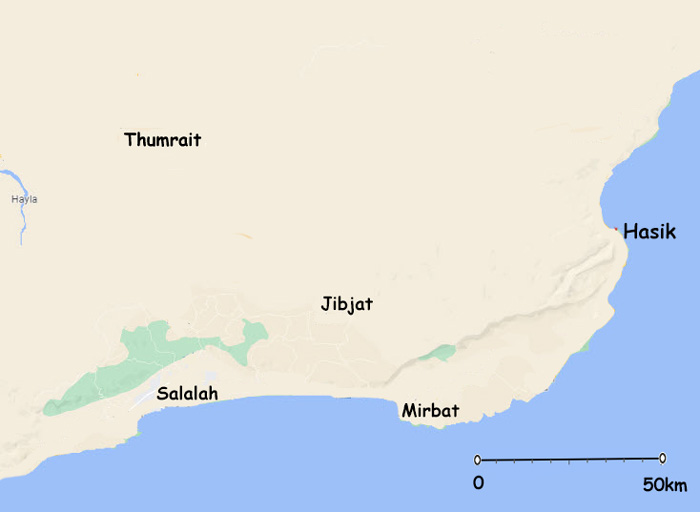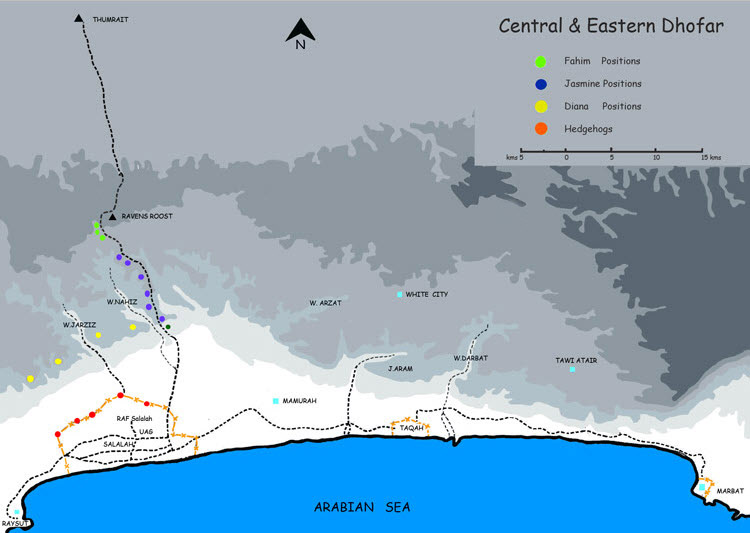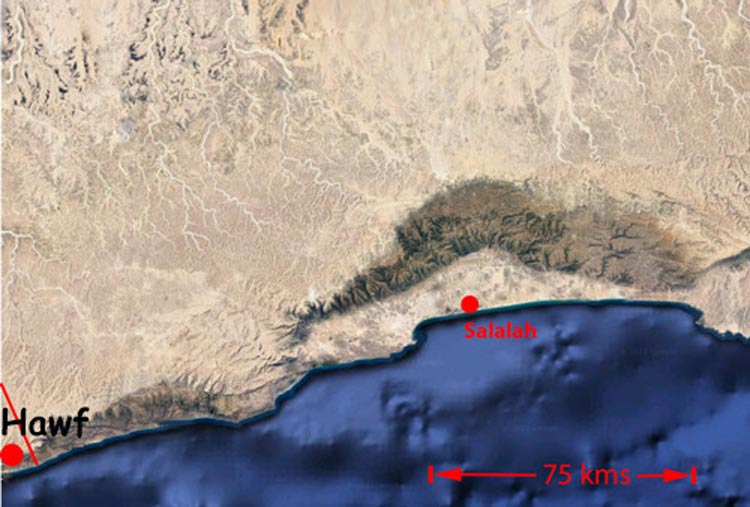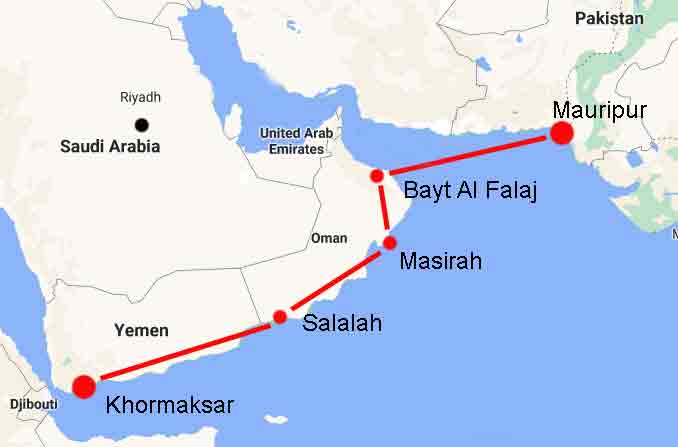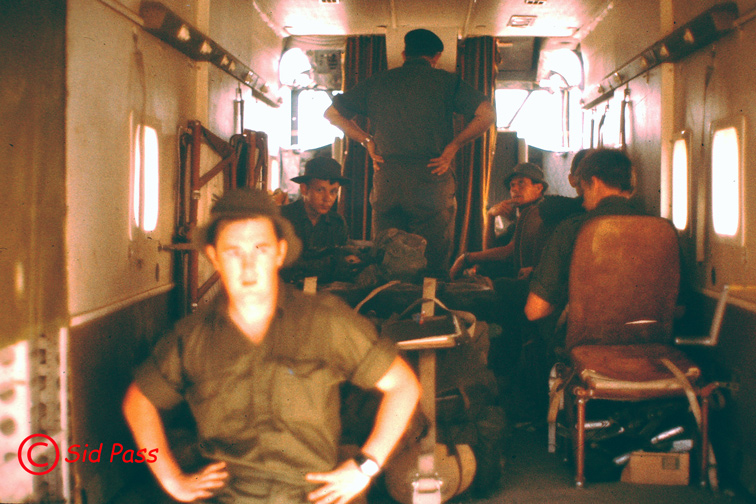
SHORT SC7 “Skyvan”
Design and Developement
In 1958, Shorts was approached by F.G. Miles Ltd (successor company to Miles Aircraft) which was seeking backing to produce a development of the H.D.M.106 Caravan design with a high aspect ratio wing similar to that of the HurelDubois HD.31. Shorts acquired the design and data gathered from trials of the Miles Aerovan based H.D.M.105 prototype. After evaluating the Miles proposal, Shorts rejected the Caravan. They developed their own design for a utility all-metal aircraft which was called the Short SC.7 Skyvan. The Skyvan is a twin-engined all-metal, high-wing monoplane, with a braced, high aspect ratio wing, and an unpressurised, square-section fuselage with twin fins and rudders. It was popular with freight operators compared to other small aircraft because of its large rear door for loading and unloading freight. Its fuselage resembles the shape of a railroad boxcar for simplicity and efficiency.
Construction started at Sydenham Airport in 1960, and the first prototype first flew on 17 January 1963, powered by two Continental piston engines. Later in 1963, the prototype was re-engined with the intended Turbomeca Astazou II turboprop engines of 520eshp; [6] the second prototype (the first Series 2 Skyvan) was initially fitted with Turbomeca Astazou X turboprop engines of 666eshp but subsequently the initial production version was powered by Turbomeca Astazou XII turboprop engines of 690eshp. In 1967, it was found that the Astazou XII was temperature limited at high altitudes. Consequently, in 1968, production switched to the Skyvan Series 3 aircraft, which replaced the Astazou engines with Garrett AiResearch TPE331 turboprops of 715eshp. A total of 149 Skyvans (including the two prototypes) was produced before production ended in 1986.
G11
Operational History
Skyvans served widely in both military and civilian operations, and the type remained in service in 2009 with a number of civilian operators, and in military service in Guyana and Oman. Skyvans were used during the infamous death flights at the depths of Argentina’s Dirty War in 1977, during which around 4,400 detainees were thrown to their deaths onto the Río de la Plata.
Two Argentine Naval Prefecture Skyvans later participated in the 1982 Falklands War. Both aircraft were ferried to Port Stanley in April 1982. One aircraft was damaged by British naval gunfire on Stanley racecourse, and did not fly again; it was finally destroyed by shellfire during British bombardments on 12/13 June 1982. The second aircraft was used at Pebble Island, where it became bogged down in the soft ground, and on 15 May 1982 it was destroyed by a British raiding party.
Skyvans continue to be used in limited numbers for air-to-air photography and for skydiving operations. In 1970, Questor Surveys of Toronto Canada converted the first of two Skyvan 3s for aerial geological survey work.
